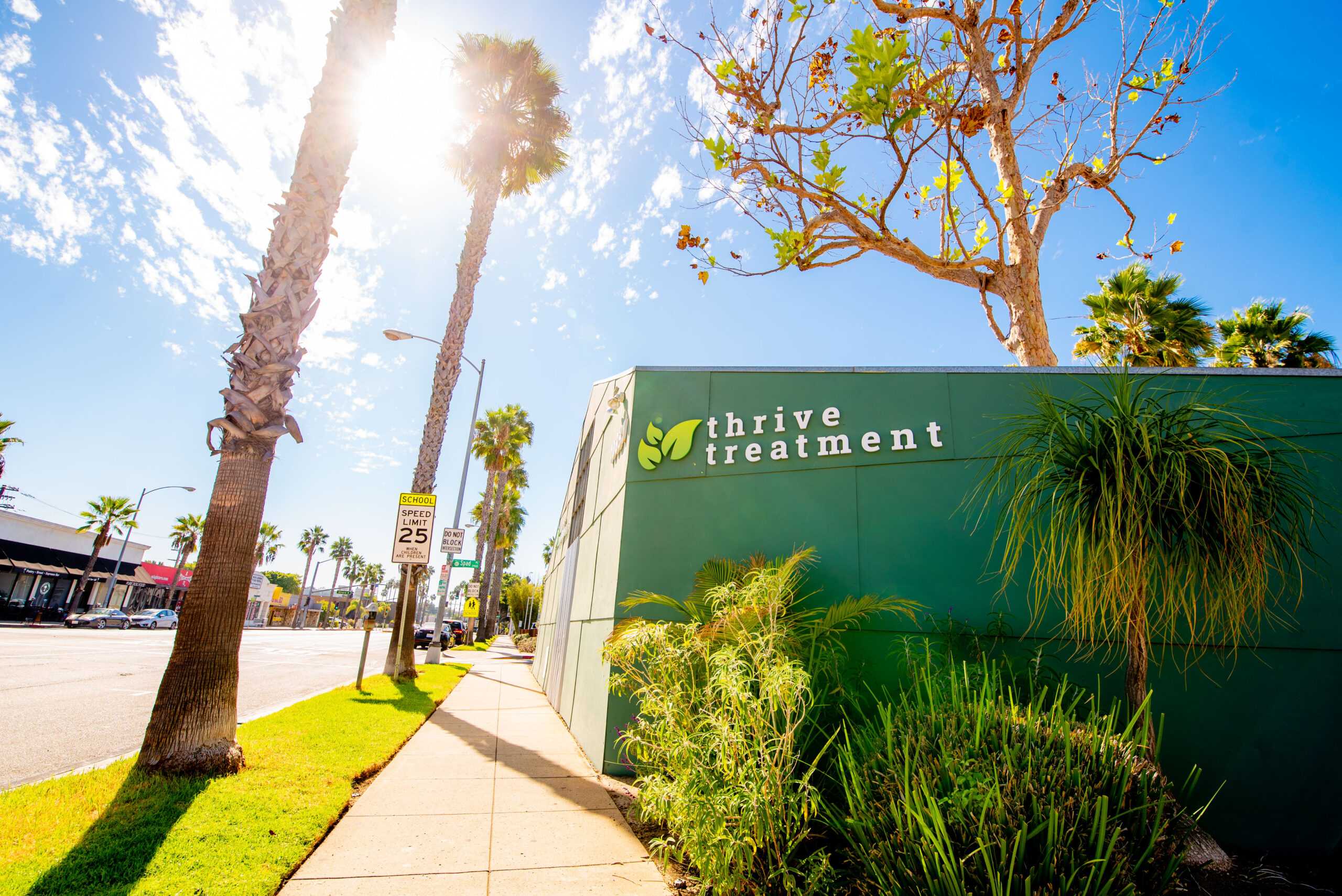Trauma touches the lives of millions of people every year. Being a victim of trauma or witnessing a traumatic event is a common event in the lives of thousands of Americans every year. Unfortunately, today’s news and social media content only further traumatic responses for many people.
PTSD is a common mental health struggle caused by trauma. Post-traumatic stress disorder is frequently linked to specific professions such as soldiers, police officers, or firefighters. Although trauma is often part of the day-to-day work environment for these individuals, trauma is not restricted to specific individuals or professions.
What is PTSD?
PTSD, or post-traumatic stress disorder, is a mental health struggle arising from trauma. PTSD is frequently associated with occupations that often witness or experience violence, but the disorder can affect anyone who is either the victim or witness to any traumatic event. Although PTSD is common among particular groups, it can affect anyone regardless of age, career choice, gender identity, or other demographic. PTSD affects up to 3.5% of the U.S population each year. Up to 11% of people will receive a PTSD diagnosis at some point in their lifetime.
What Causes PTSD?
Post-traumatic stress disorder or PTSD results from different types of trauma. Clearly understanding what causes PTSD requires understanding what trauma means. Unfortunately, the concept of trauma does not have a singular clear definition. Trauma or the experience of a traumatic event means different things to different people. Common examples of trauma that are commonly linked to developing PTSD include serious injury, natural disasters, abuse, assault, serious illness, loss of a loved one, or experiencing acts of terrorism or violence.
It is important to remember that PTSD can develop in different ways. Someone doesn’t need to experience (be the victim of) trauma themselves to have that event influence their emotions. Although directly witnessing or experiencing a traumatic event is the most common, it is also possible to experience PTSD symptoms by learning a traumatic experience has impacted a friend or loved one. It is also necessary to remember that what one person views as traumatic may not be traumatic for others. Regardless, each can lead to complex and potentially serious mental health challenges that require comprehensive therapy to address safely.
Does PTSD Affect Women Differently Than Men?
Like many other mental health challenges, PTSD affects women more often than men. It is believed that up to 50% of women will experience at least one traumatic event in their lifetime. PTSD can affect both men and women; however, there are differences in how PTSD symptoms impact women. Reporting provided by the National Center for PTSD suggests more than 10% of women will receive a PTSD diagnosis in their lifetime. Similar research studies show women are more than twice as likely as men to experience PTSD.
What are the Signs of PTSD in Women?
The signs and symptoms of PTSD are often similar across the genders. When someone struggles with PTSD, they often experience a broad range of symptoms all connected to their trauma. These thoughts and feelings are powerful and can often be overwhelming. In most cases, PTSD symptoms will persist for weeks, months, or even years after the specific situation that caused the initial trauma has resolved.
The thoughts and emotions linked to trauma are painful, disturbing, and generally difficult to manage. For some, nightmares and flashbacks lead to fear and dread of reliving the event every day. Others experience hypervigilance (heightened awareness) and increased reactivity to ordinary stimuli such as balloons popping, hands clapping, a door slamming. Women who have experienced specific trauma such as sexual trauma or abuse may experience symptoms at the touch or embrace of someone else. People who struggle with PTSD actively avoid specific circumstances (events, people, places, etc.) that remind them of their particular trauma.
Finding Women’s PTSD Treatment in Santa Monica, CA
The symptoms and struggles you experience when you struggle with PTSD are overwhelming and pervasive. In time you may feel as though it is impossible to overcome or manage your symptoms without help and support. Seeking early intervention is vital to achieving the most favorable treatment outcomes possible. Remember, your symptoms may look different than PTSD symptoms in someone else. For this reason, it is important to seek help at an outpatient facility like Thrive Treatment, where our treatment team members understand the unique needs of women seeking help to overcome PTSD. Our PTSD treatment programs will help you develop a treatment program unique to your needs. If you are ready to get your life back and start your recovery from PTSD, contact us today to learn more about PTSD treatment in Santa Monica, CA.





